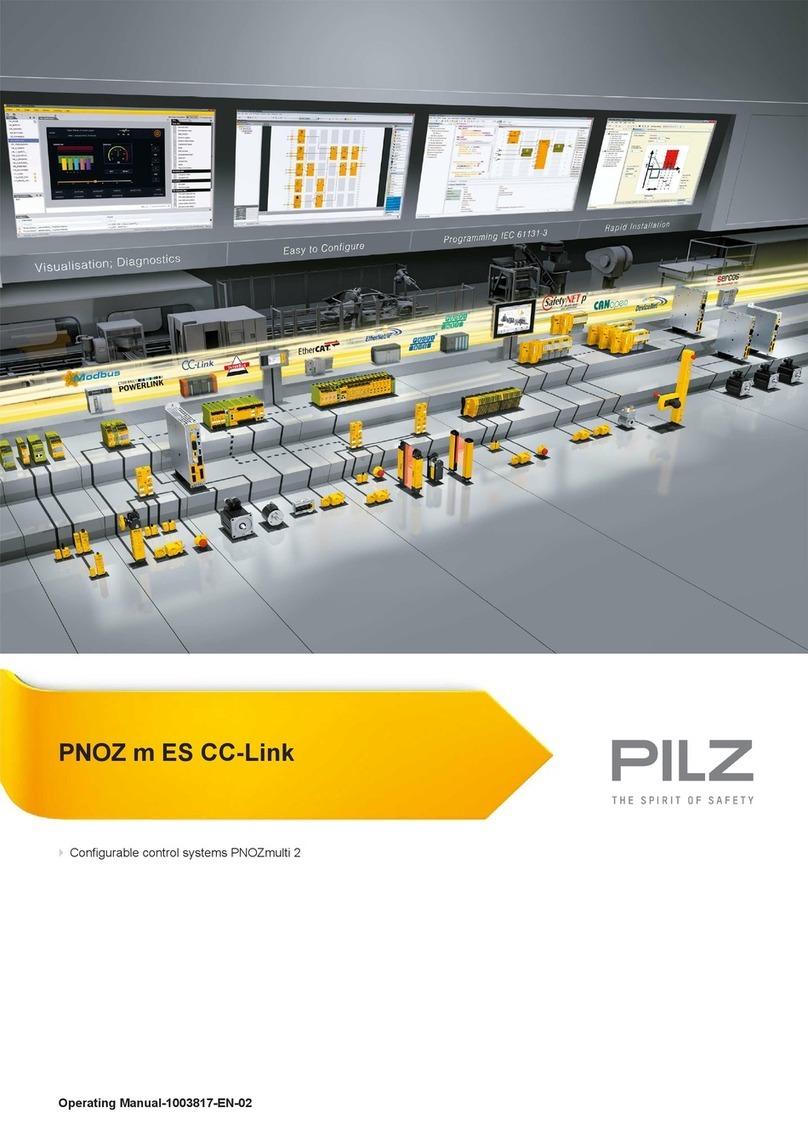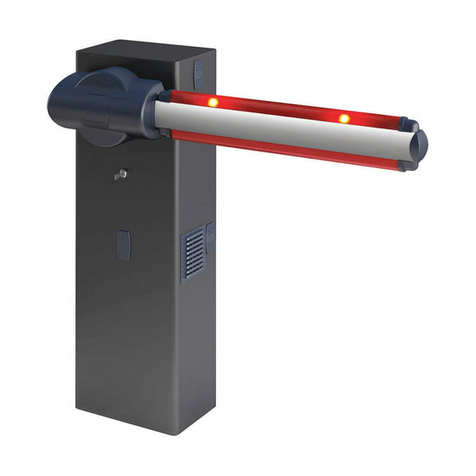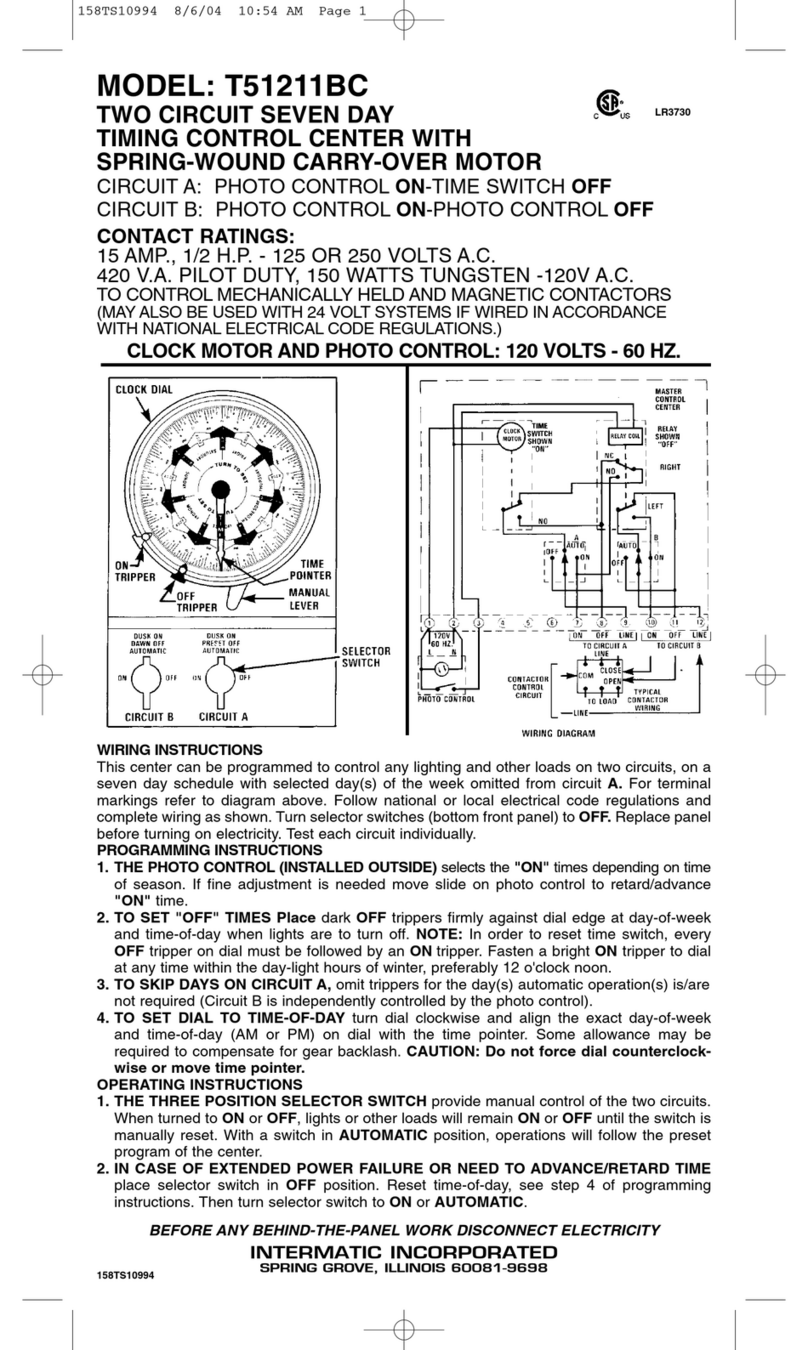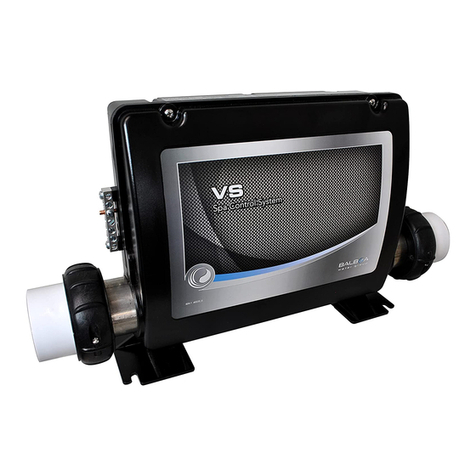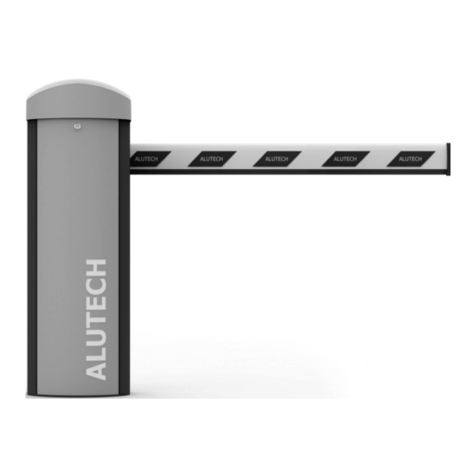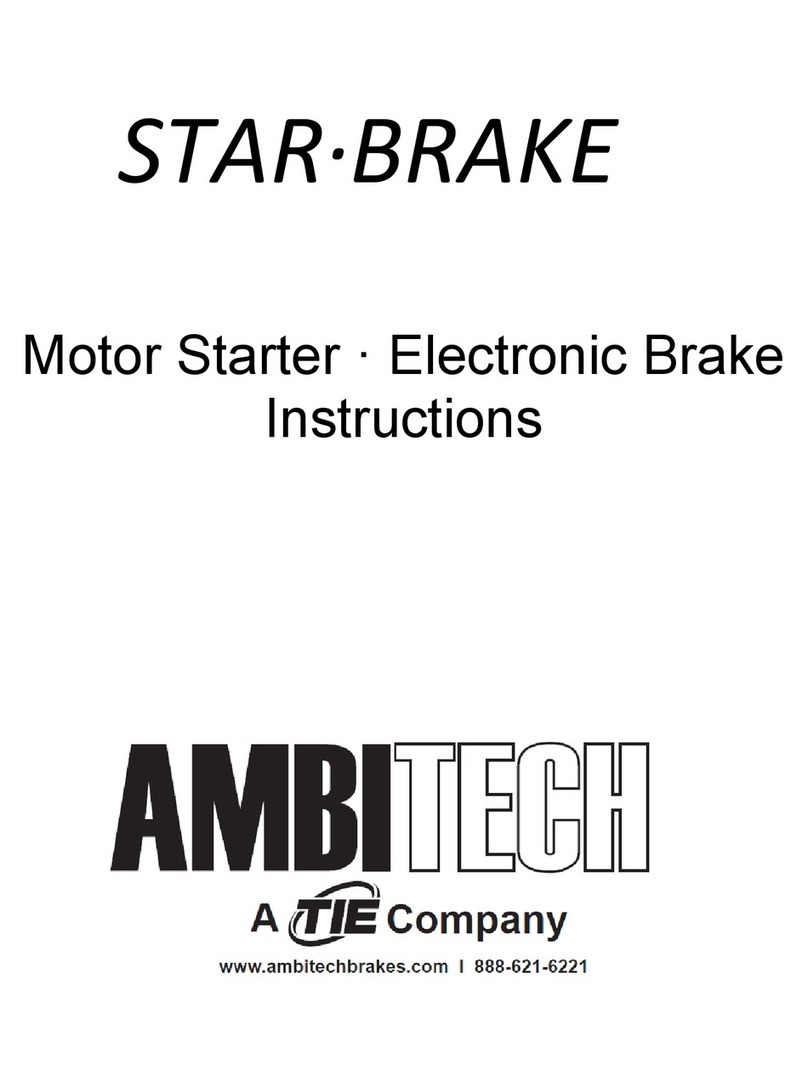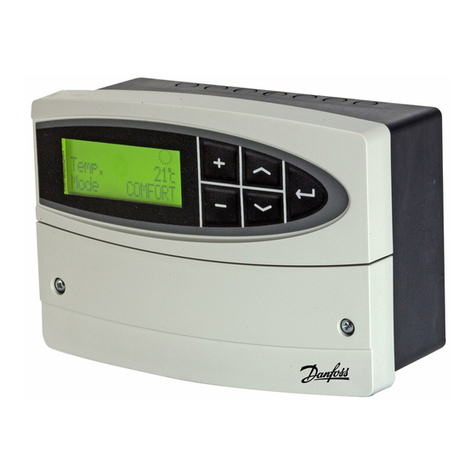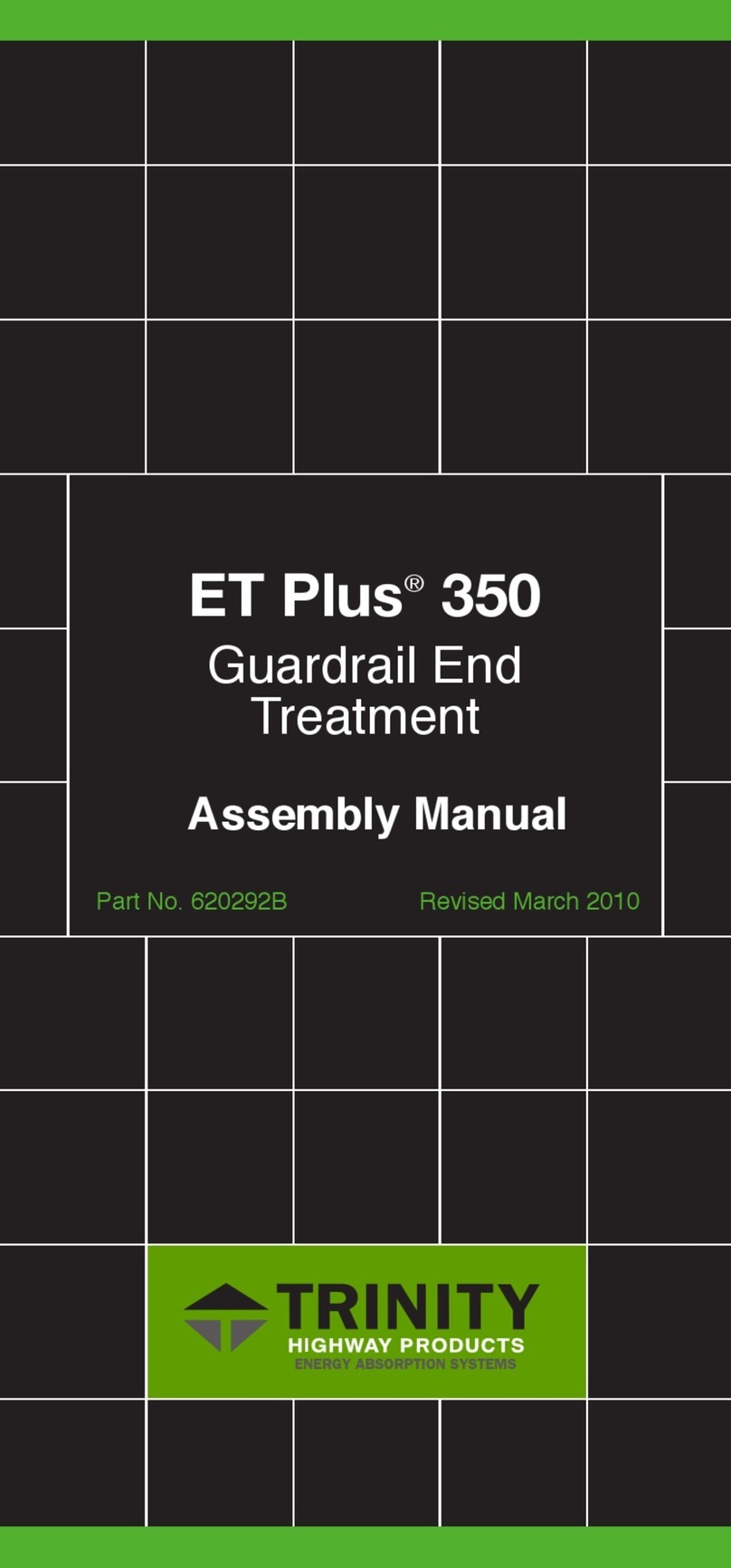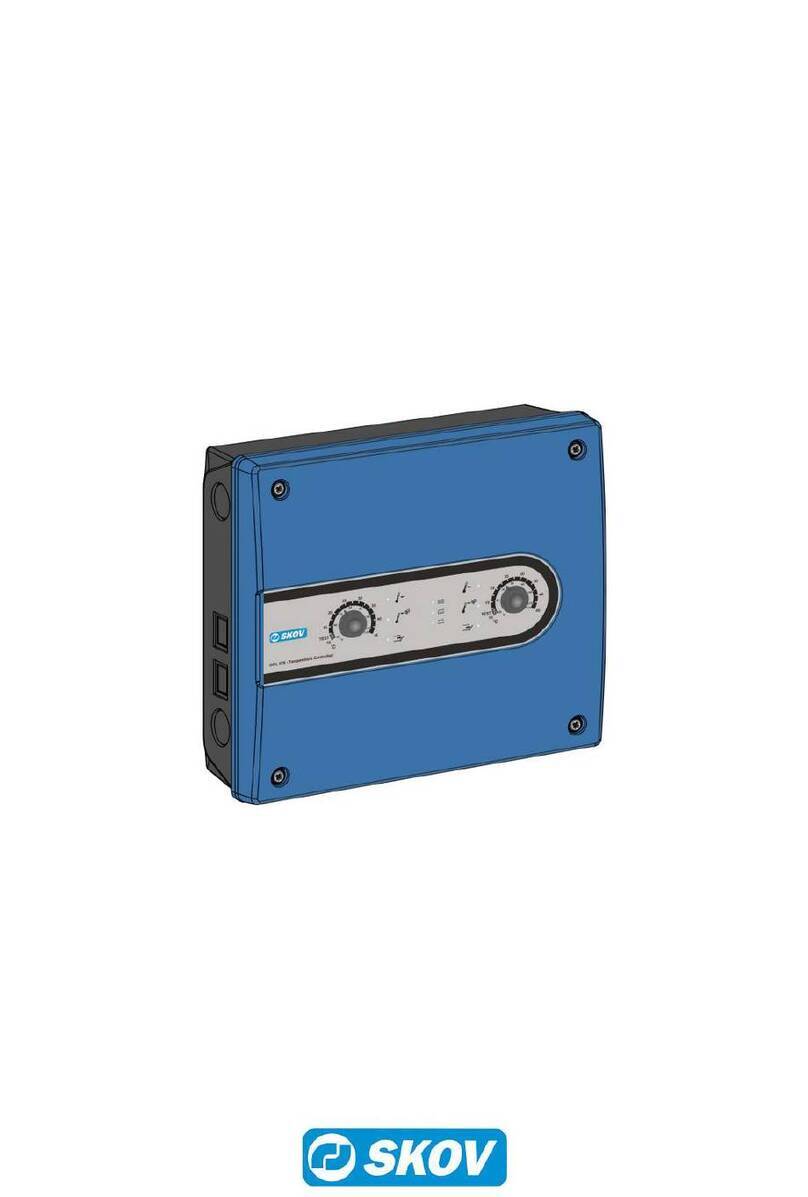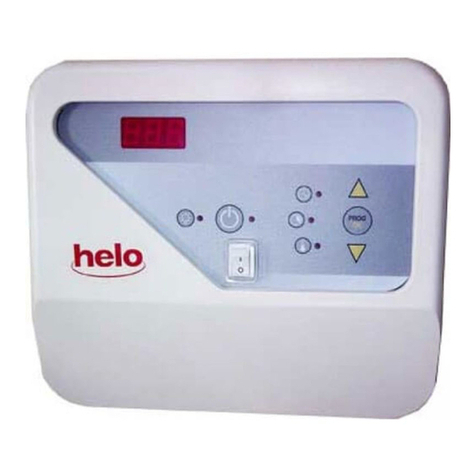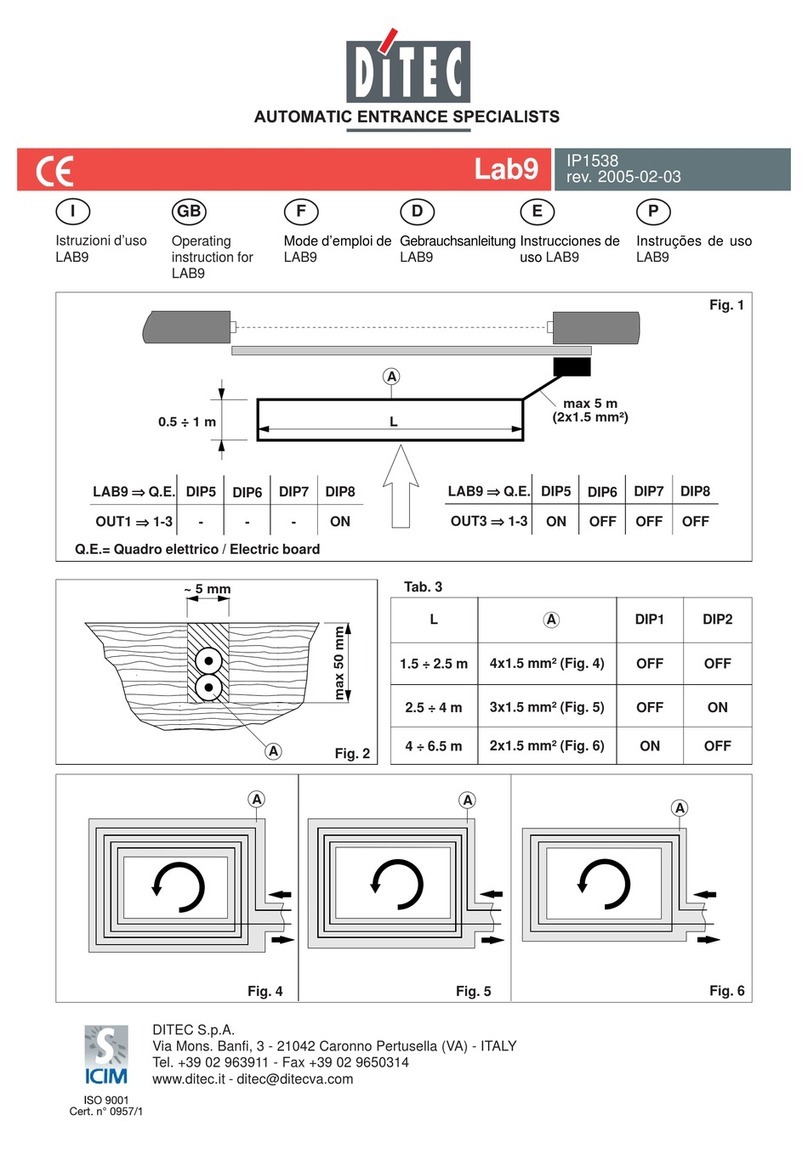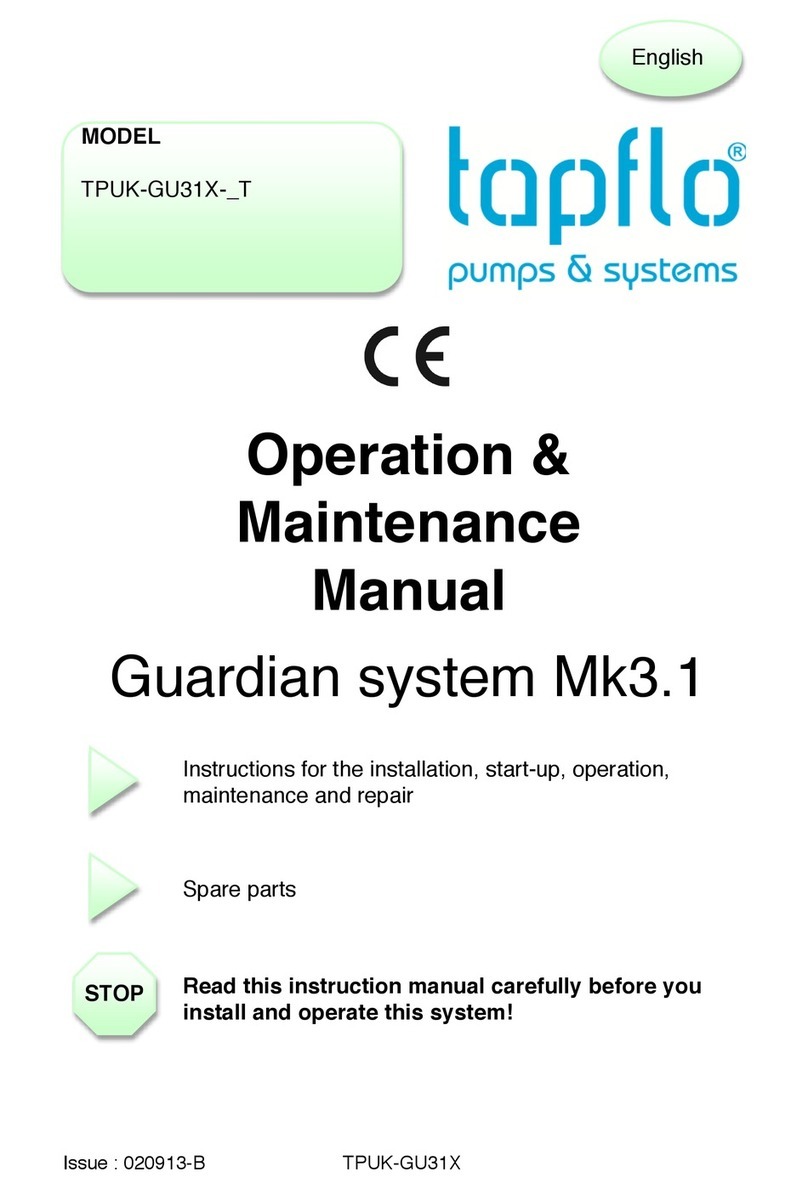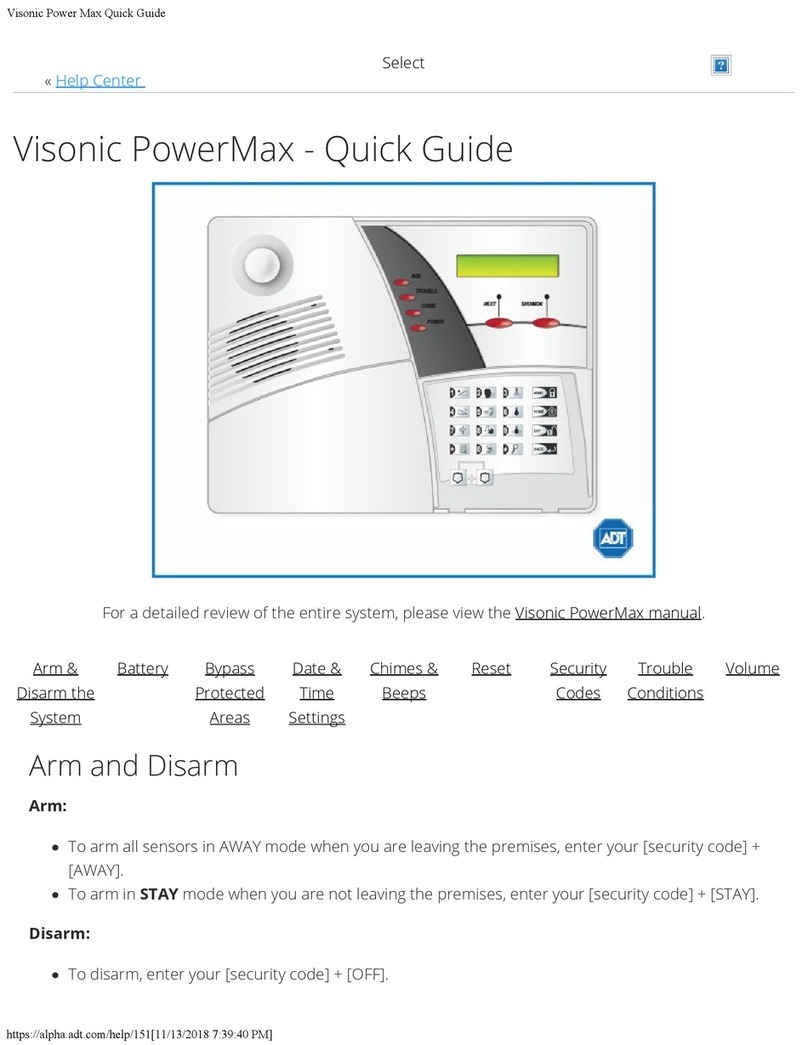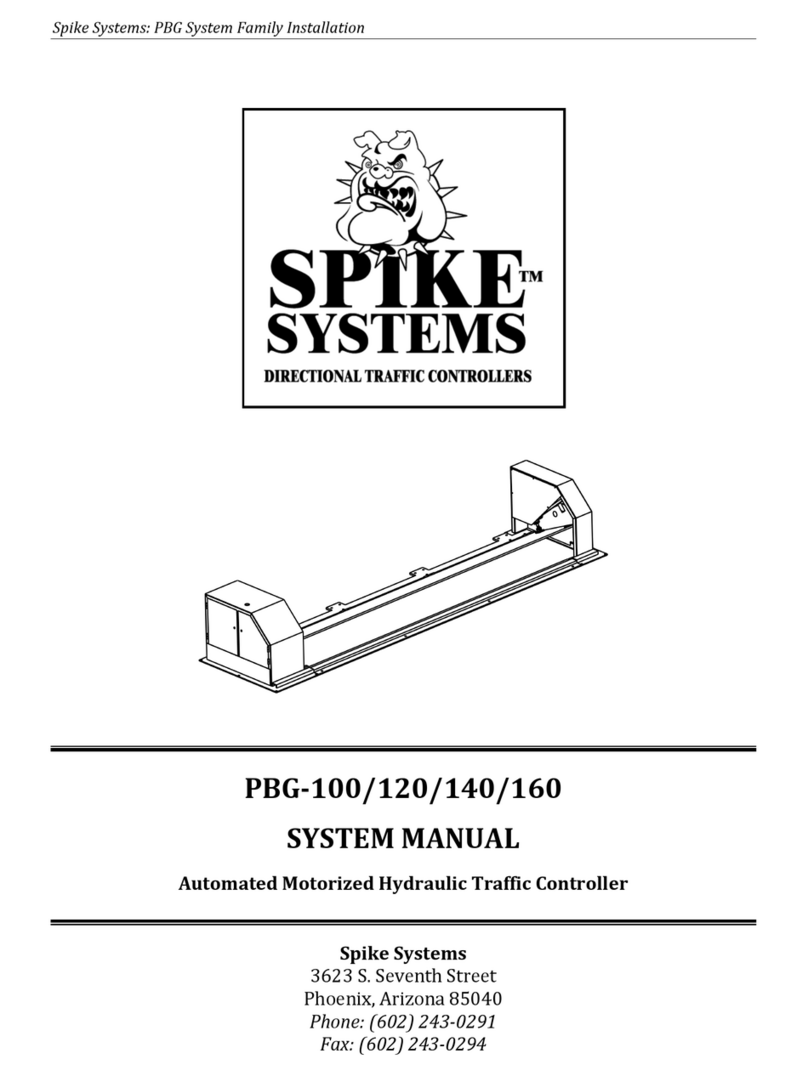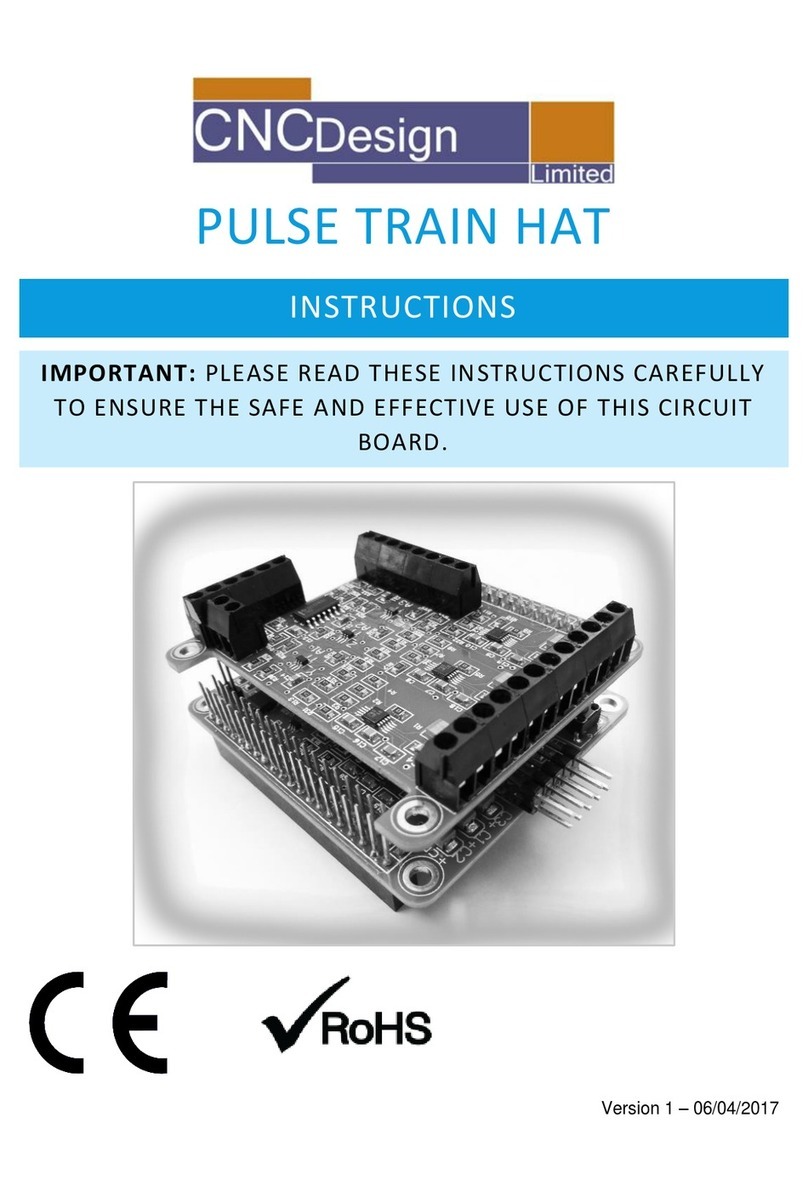Instron Torsion Add-on Version 3 Manual

Torsion Add-on Version 3
Operator’s Guide
M10-17497-EN Revision A

Proprietary Rights Notice
This document and the information that it contains are the property of Illinois Tool Works Inc.
(ITW). Rights to duplicate or otherwise copy this document and rights to disclose the document
and the information that it contains to others and the right to use the information contained
therein may be acquired only by written permission signed by a duly authorized officer of ITW.
Trademarks
Instron®is a registered trademark of Illinois Tool Works Inc. (ITW). Other names, logos, icons and
marks identifying Instron products and services referenced herein are trademarks of ITW and
may not be used without the prior written permission of ITW.
Other product and company names listed are trademarks or trade names of their respective
companies.
Original Instructions
Copyright © 2020 Illinois Tool Works Inc. All rights reserved. All of the specifications shown in
this document are subject to change without notice.
Worldwide Headquarters
Instron
825 University Avenue
Norwood, MA 02062-2643
United States of America
European Headquarters
Instron
Coronation Road
High Wycombe, Bucks HP12 3SY
United Kingdom

3
Preliminary Pages
Product Support: www.instron.com
General Safety Precautions
Materials testing systems are potentially hazardous.
Materials testing involves inherent hazards from high forces, rapid motions, and
stored energy. You must be aware of all moving and operating components in
the testing system that are potentially hazardous, particularly force actuators or
a moving crosshead.
Carefully read all relevant manuals and observe all Warningsand Cautions. The
term Warning is used where a hazard may lead to injury or death. The term
Caution is used where a hazard may lead to damage to equipment or to loss of
data.
Instron products, to the best of its knowledge, comply with various national and
international safety standards, in as much as they apply to materials and
structural testing. We certify that our products comply with all relevant EU
directives (CE mark).
Because of the widerange of applications with which our instruments are used,
and over which we have no control, additional protection devices and operating
procedures may be necessary due to specific accident prevention regulations,
safety regulations, further EEA directives or locally valid regulations. The extent
of our delivery regarding protective devices is defined in your initial sales
quotation. We are thus free of liability in this respect.
At your request, we will gladly provide advice and quotations for additional
safety devices such as protective shielding, warning signs or methods of
restricting access to the equipment.
The following pages detail various general warnings that you must heed at all
times while using materials testing equipment. You will find more specific
Warnings and Cautions in the text whenever a potential hazard exists.
Your best safety precautions are to gain a thorough understanding of the
equipment by reading your instruction manuals and to always use good
judgement.
It is our strong recommendation that you should carry out your own product
safety risk assessment.

Preliminary Pages
4M10-17497-EN
Warnings
Hazard - Press the Emergency Stop button whenever you consider that an
unsafe condition exists.
The Emergency Stop button removes hydraulic power or electrical drive from the
testing system and brings the hazardous elements of the system to a stop as
quickly as possible. It does not isolate the system from electrical power, other
means are provided to disconnect the electrical supply. Whenever you consider
that safety may be compromised, stop the test using the Emergency Stop
button. Investigate and resolve the situation that caused the use of the
Emergency Stop button before you reset it.
Flying Debris Hazard - Make sure that test specimens are installed correctly
in grips or fixtures in order to eliminate stresses that can cause breakage of
grip jaws or fixture components.
Incorrect installation of test specimens creates stresses in grip jaws or fixture
components that can result in breakage of these components. The high
energies involved can cause the broken parts to be projected forcefully some
distance from the test area. Install specimens in the center of the grip jaws in
line with the load path. Insert specimens into the jaws by at least the amount
recommended in your grip documentation. This amount can vary between 66%
to 100% insertion depth; refer to supplied instructions for your specific grips.
Use any centering and alignment devices provided.
Hazard - Protect electrical cables from damage and inadvertent
disconnection.
The loss of controlling and feedback signals that can result from a disconnected
or damaged cable causes an open loop condition that may drive the actuator or
crosshead rapidly to its extremes of motion. Protect all electrical cables,
particularly transducer cables, from damage. Never route cables across the
floor without protection, nor suspend cables overhead under excessive strain.
Use padding to avoid chafing where cables are routed around corners or
through wall openings.

5
Preliminary Pages
Product Support: www.instron.com
High/Low Temperature Hazard - Wear protective clothing when handling
equipment at extremes of temperature.
Materials testing is often carried out at non-ambient temperatures using ovens,
furnaces or cryogenic chambers. Extreme temperature means an operating
temperature exceeding 60 °C (140 °F) or below 0 °C (32 °F). You must use
protective clothing, such as gloves, when handling equipment at these
temperatures. Display a warning notice concerning low or high temperature
operation whenever temperature control equipment is in use. You should note
that the hazard from extreme temperature can extend beyond the immediate
area of the test.
Crush Hazard - Take care when installing or removing a specimen,
assembly, structure, or load string component.
Installation or removal of a specimen, assembly, structure, or load string
component involves working inside the hazard area between the grips or
fixtures. When working in this area, ensurethat other personnel cannot operate
any of the system controls. Keep clear of the jaws of a grip or fixture at all times.
Keep clear of the hazard area between the grips or fixtures during actuator or
crosshead movement. Ensure that all actuator or crosshead movements
necessary for installation or removal are slow and, where possible, at a low
force setting.
Hazard - Do not place a testing system off-line from computer control
without first ensuring that no actuator or crosshead movement will occur
upon transfer to manual control.
The actuator or crosshead will immediately respond to manual control settings
when the system is placed off-line from computer control. Before transferring to
manual control, make sure that the control settings are such that unexpected
actuator or crosshead movement cannot occur.
Robotic Motion Hazard - Keep clear of the operating envelope of a robotic
device unless the device is de-activated.
The robot in an automated testing system presents a hazard because its
movements are hard to predict. The robot can go instantly from a waiting state
to high speed operation in several axes of motion. During system operation,
keep away from the operating envelope of the robot. De-activate the robot
before entering the envelope for any purpose, such as reloading the specimen
magazine.
Warnings

Preliminary Pages
6M10-17497-EN
Hazard - Set the appropriate limits before performing loop tuning or running
waveforms or tests.
Operational limits are included within your testing system to suspend motion or
shut off the system when upper and/or lower bounds of actuator or crosshead
travel, or force or strain, are reached during testing. Correct setting of
operational limits by the operator, prior totesting, will reduce the risk of damage
to test article and system and associated hazard to the operator.
Electrical Hazard - Disconnect the electrical power supply before removing
the covers to electrical equipment.
Disconnect equipment from the electrical power supply before removing any
electrical safety covers or replacing fuses. Do not reconnect the power source
while the covers are removed. Refit covers as soon as possible.
Rotating Machinery Hazard - Disconnect power supplies before removing
the covers to rotating machinery.
Disconnect equipment from all power supplies before removing any cover which
gives access to rotating machinery. Do not reconnect any power supply while
the covers are removed unless you are specifically instructed to do so in the
manual. If the equipment needs to be operated to perform maintenance tasks
with the covers removed, ensure that all loose clothing, long hair, etc. is tied
back. Refit covers as soon as possible.
Hazard - Shut down the hydraulic power supply and discharge hydraulic
pressure before disconnection of any hydraulic fluid coupling.
Do not disconnect any hydraulic coupling without first shutting down the
hydraulic power supply and discharging stored pressure to zero. Tie down or
otherwise secure all pressurized hoses to prevent movement during system
operation and to prevent the hose from whipping about in the event of a
rupture.
Hazard - Shut off the supply of compressed gas and discharge residual gas
pressure before you disconnect any compressed gas coupling.
Do not release gas connections without first disconnecting the gas supply and
discharging any residual pressure to zero.
Warnings

7
Preliminary Pages
Product Support: www.instron.com
Explosion Hazard - Wear eye protection and use protective shields or
screens whenever any possibility exists of a hazard from the failure of a
specimen, assembly or structure under test.
Wear eye protection and use protective shields or screens whenever a risk of
injury to operators and observers exists from the failure of a test specimen,
assembly or structure, particularly where explosive disintegration may occur.
Due to the wide range of specimen materials, assemblies or structures that may
be tested, any hazard resulting from the failure of a test specimen, assembly or
structure is entirely the responsibility of the owner and the user of the
equipment.
Hazard - Ensure components of the load string are correctly pre-loaded to
minimize the risk of fatigue failure.
Dynamic systems, especially where load reversals through zero are occurring,
are at risk of fatigue cracks developing if components of the load string are not
correctly pre-loaded to one another. Apply the specified torque to all load string
fasteners and the correct setting to wedge washers or spiral washers. Visually
inspect highly stressed components such as grips and threaded adapters prior
to every fatigue test for signs of wear or fatigue damage.
Warnings

Preliminary Pages
8M10-17497-EN

9
Preliminary Pages
Product Support: www.instron.com
Table of Contents
Chapter 1: Introduction . . . . . . . . . . . . . . . . . . . . . . . . . . . . . . . . . . . . . . . . . . . . . . . 11
Overview . . . . . . . . . . . . . . . . . . . . . . . . . . . . . . . . . . . . . . . . . . . . . . . . . . . . . . . . . . . . . . . . . 11
System components. . . . . . . . . . . . . . . . . . . . . . . . . . . . . . . . . . . . . . . . . . . . . . . . . . . . . . . . 12
Specifications . . . . . . . . . . . . . . . . . . . . . . . . . . . . . . . . . . . . . . . . . . . . . . . . . . . . . . . . . . . . . 16
Residual risks and safe operation. . . . . . . . . . . . . . . . . . . . . . . . . . . . . . . . . . . . . . . . . . . . . 17
Chapter 2: Function of Controls. . . . . . . . . . . . . . . . . . . . . . . . . . . . . . . . . . . . . . . . . 19
Torsion lock function . . . . . . . . . . . . . . . . . . . . . . . . . . . . . . . . . . . . . . . . . . . . . . . . . . . . . . . 19
Torsion controller assembly. . . . . . . . . . . . . . . . . . . . . . . . . . . . . . . . . . . . . . . . . . . . . . . . . . 20
Indicators . . . . . . . . . . . . . . . . . . . . . . . . . . . . . . . . . . . . . . . . . . . . . . . . . . . . . . . . . . . . . . . . 20
Torsion-specific software controls. . . . . . . . . . . . . . . . . . . . . . . . . . . . . . . . . . . . . . . . . . . . . 21
Torsion Settings . . . . . . . . . . . . . . . . . . . . . . . . . . . . . . . . . . . . . . . . . . . . . . . . . . . . . . . . . . . 23
Torsion-specific handset controls . . . . . . . . . . . . . . . . . . . . . . . . . . . . . . . . . . . . . . . . . . . . . 23
Manual rotational jog . . . . . . . . . . . . . . . . . . . . . . . . . . . . . . . . . . . . . . . . . . . . . . . . . . . . . . . 25
Chapter 3: Testing. . . . . . . . . . . . . . . . . . . . . . . . . . . . . . . . . . . . . . . . . . . . . . . . . . . . 27
Start the system . . . . . . . . . . . . . . . . . . . . . . . . . . . . . . . . . . . . . . . . . . . . . . . . . . . . . . . . . . . 27
Set up the rotation transducer . . . . . . . . . . . . . . . . . . . . . . . . . . . . . . . . . . . . . . . . . . . . . . . 28
Testing notes. . . . . . . . . . . . . . . . . . . . . . . . . . . . . . . . . . . . . . . . . . . . . . . . . . . . . . . . . . . . . . 28
Rotational crosshead alignment for axial testing. . . . . . . . . . . . . . . . . . . . . . . . . . . . . . . . . 29

Preliminary Pages
10 M10-17497-EN

11
Product Support: www.instron.com
Chapter 1
Introduction
•Overview. . . . . . . . . . . . . . . . . . . . . . . . . . . . . . . . . . . . . . . . . . . . . . . . . . . . . . . . . . 11
•System components . . . . . . . . . . . . . . . . . . . . . . . . . . . . . . . . . . . . . . . . . . . . . . . . 12
•Specifications . . . . . . . . . . . . . . . . . . . . . . . . . . . . . . . . . . . . . . . . . . . . . . . . . . . . . 16
•Residual risks and safe operation . . . . . . . . . . . . . . . . . . . . . . . . . . . . . . . . . . . . . 17
These instructions should be read in conjunction with the Operator’s Guide for the
standard 6800 testing system.
The Operator’s Guide includes information about risk reduction and safe use of the
system, function of controls and basic operation.
These instructions contain only information that is specific to the system when the
Torsion Add-on accessory is added to it.
Overview
The Torsion Add-on system comprises:
•a compatible electromechanical load frame, e.g. 6800 Series
•a secondary motor mounted to the moving crosshead
•a torsion controller assembly mounted to the column of the load frame
•a suitable biaxial load cell mounted to the base adapter
This configuration provides torque to the specimen which allows biaxial testing of
specimens.

Chapter: Introduction
12 M10-17497-EN
System components
Figure 1. Torsion Add-on components on a single-column system
Legend for Figure 1 and Figure 2
1
2
34
Label Component Description
1 Torsion drive assembly This assembly contains the motor, gearbox, shaft
coupling, bearing housing and drive shaft. These
combine to produce rotation for biaxial testing.

13
System components
Product Support: www.instron.com
2 Torsion controller assembly This enclosure contains the electronics required
to drive the torsion motor and provide rotational
feedback to the testing software. The front panel
contains three LEDs. All three LEDs must be
illuminated green for testing to begin.
Refer to “Torsion controller assembly” on
page 20 for more details.
3 Biaxial base mounting Refer to the installation instructions supplied
with the biaxial base mounting.
4 Torsion-specific handset See Figure 3 on page 15.
5 Extended travel top plate Dual column frames only (Figure 2).
The top plate is adapted to allow the torsion drive
assembly to move through it. This means that the
overall effective height of the frame is increased
(refer to “Specifications” on page 16).
Label Component Description

Chapter: Introduction
14 M10-17497-EN
Figure 2. Torsion Add-on components on a dual column system
1
2
3 4
5

Chapter: Introduction
16 M10-17497-EN
For a full description of the function of these buttons, refer to “Torsion-specific
handset controls” on page 23.
Specifications
2ROTATE TO ZERO
3UNLOCK
Label Function
Table 1. General Specifications
Parameter Single column frames Dual column frames
Maximum axial load - no
torque (kN) 550
Maximum axial load - with
torque (kN) 525
Maximum torque output at 40
rpm (N-m) 20
Maximum torque output at 80
rpm (N-m) 10
Maximum test rotation speed
(rpm) 80
Maximum power (VA) 280
Single Phase Voltage (Vac)
(±10%) 110 - 240
Electrical Frequency(Hz) 47 - 63
Table 2. Frame height increases due to torsion drive assembly
Frame Model
Maximum height of standard
frame
mm (in)
Maximum height of frame with
Torsion Add-on
mm(in)
68SC05 1015 (40.0) 1293 (51.0)
68SC1 1412 (55.6) 1675 (66.0)
68SC2 1412 (55.6) 1675 (66.0)

17
Residual risks and safe operation
Product Support: www.instron.com
Residual risks and safe operation
The residual risks described in this section are in addition to those described in the
Operator’s Guide for the standard 6800 testing system.
Warning
Pinch hazard between rotating upper grip and frame columns.
The rotation of the load string introduces an additional hazard, especially if the space
between any test fixture and the frame columns is small.
Warning
Entanglement hazard - keep hair and loose clothing away from the rotating test
fixture
68SC5 1412 (55.6) 1675 (66.0)
68SC5 extra height 1682 (66.2) 1932 (76.0)
68TM5 1638 (64.5) 1826 (71.9)
68TM5 extra height 2163 (85.2) 2330 (91.7)
68TM10 1638 (64.5) 1826 (71.9)
68TM10 extra height 2163 (85.2) 2330 (91.7)
68TM30 1638 (64.5) 1826 (71.9)
68TM30 extra height 2163 (85.2) 2330 (91.7)
68TM50 1638 (64.5) 1826 (71.9)
68TM50 extra height 2163 (85.2) 2330 (91.7)
Table 2. Frame height increases due to torsion drive assembly (Continued)
Frame Model
Maximum height of standard
frame
mm (in)
Maximum height of frame with
Torsion Add-on
mm(in)

Chapter: Introduction
18 M10-17497-EN
Warning
Stored energy hazard - remove any torque from a specimen before unlocking the
torsion drive.
Remove any torque to prevent unexpected rotation when the torsion drive is unlocked.
Warning
Crush hazard between the torsion drive assembly and the top plate of the load
frame.
Be aware that the torsion drive assembly can move through the top plate with the
potential to crush any object in its path.
Warning
Extended frame height due to extended travel top plate.
Be aware that the torsion drive assembly can move through the top plate, extending the
height required for safe operation of the testing system (refer to “Specifications” on
page 16 for details).

19
Product Support: www.instron.com
Chapter 2
Function of Controls
•Torsion lock function. . . . . . . . . . . . . . . . . . . . . . . . . . . . . . . . . . . . . . . . . . . . . . . . 19
•Torsion controller assembly . . . . . . . . . . . . . . . . . . . . . . . . . . . . . . . . . . . . . . . . . . 20
•Indicators. . . . . . . . . . . . . . . . . . . . . . . . . . . . . . . . . . . . . . . . . . . . . . . . . . . . . . . . . 20
•Torsion-specific software controls . . . . . . . . . . . . . . . . . . . . . . . . . . . . . . . . . . . . . 21
•Torsion Settings. . . . . . . . . . . . . . . . . . . . . . . . . . . . . . . . . . . . . . . . . . . . . . . . . . . . 23
•Torsion-specific handset controls. . . . . . . . . . . . . . . . . . . . . . . . . . . . . . . . . . . . . . 23
•Manual rotational jog . . . . . . . . . . . . . . . . . . . . . . . . . . . . . . . . . . . . . . . . . . . . . . . 25
Torsion lock function
The default condition for the torsion drive is locked.
The testing system will unlock the torsion drive in the following situations:
•Rotate using the UNLOCK and ROTATE buttons on the handset
•Rotate to zero using the UNLOCK and ROTATE TO ZERO buttons on the handset
•Move to angle (initiated by a softkey function) using the UNLOCK and ROTATE TO
ZERO buttons on the handset
•Start a test
For each of these situations, the torsion drive is locked when the action is completed.
You can temporarily unlock the torsion drive in order to manually position the torsion
drive (for axial alignment, for example) using the Toggle torsion lock function (refer to
“Manual rotational jog” on page 25).

Chapter: Function of Controls
20 M10-17497-EN
Torsion controller assembly
The display panel on the front of the controller consists of 3 green LEDs, as shown in
Figure 4 on page 20.
All three LEDs must be illuminated green for motor powered rotary motion. This includes
jogging, returning to zero or running a test.
Figure 4. LED display
Indicators
The system uses certain conventions to display the direction of movement of the torsion
drive. These conventions apply to both hardware and software.
•Lines and arrows
Solid indicates clockwise movement, dashed indicates counter-clockwise movement
(see Figure 5 on page 21).
LED Description
Power Illuminated when there is power to the controller and it is switched on.
1 Illuminated when the status of the torsion lock is unlocked (refer to “Torsion
lock function” on page 19).
2 Illuminated when the torsion drive is able to provide rotary motion by rotating
the motor.
If the LED is off the rotary drive is disabled and unable to provide rotary motion.
Table of contents


